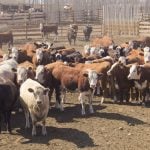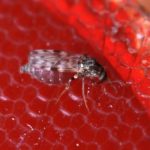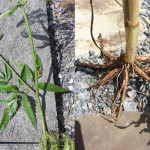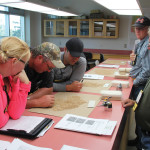A former assistant deputy minister in municipal affairs is now Alberta’s chief agricultural bureaucrat. Beverly Yee was named Thursday as the new deputy minister for agriculture and forestry, replacing Jason Krips. Yee, who has worked for the province since 1994, has held several executive management positions, the province said. Her most recent posting was as […] Read more













